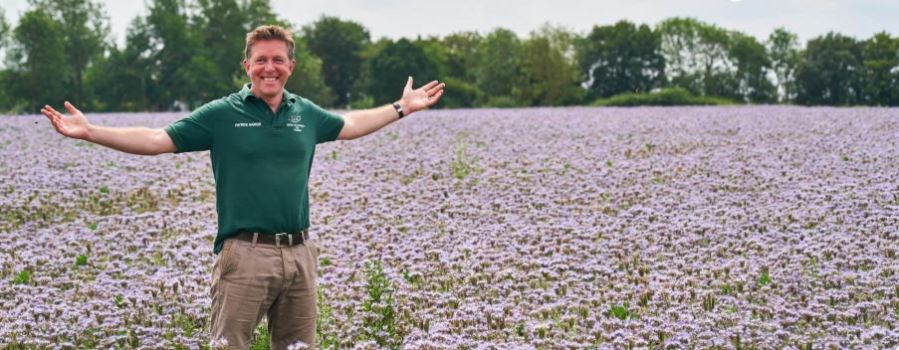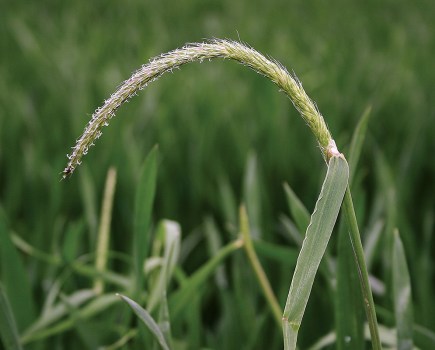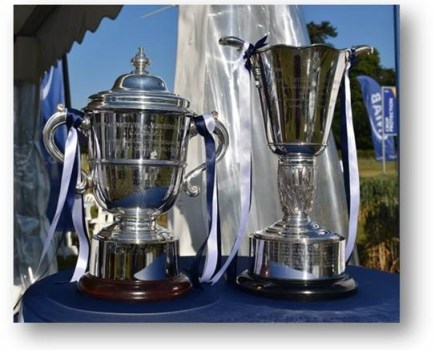Having been in stewardship schemes since 2007, mostly Higher Tier agreements and SFI, Patrick Barker says his aim is to find a balance between running an efficient farm business and respecting the natural environment. And rather than targeting one outcome specifically, he believes in achieving this overall aim, nature will respond accordingly.
Patrick, who oversees Lodge Farm in Stowmarket with his cousin Brian, farms around 545ha with additional area under contracts. The rotation centres around commercial cereal crops including milling wheat and spring barley for malting, with oilseed rape recently being re-introduced.
Beneficial insects
With a commitment to boosting wildlife on the farm, they’ve been working with ecologist David Basham, to monitor and record insects, particularly bees and wasps. Patrick says what’s become apparent during the farm’s years in countryside stewardship, is that in many ways, it’s hard to quantify biodiversity.
“But if you want integrated pest management to work effectively, you have to proactively manage the whole-farm ecosystem, starting with creating a healthy landscape through a focus on soil health. Whether that’s actions such as direct drilling or planting cover crops, we perceive these as being best practice for our business which also contribute to a much bigger picture.”
Patrick stresses when it comes to biodiversity, there’s no quick fix, as confirmed during their time as an AHDB Strategic Farm. “There are so many contributory factors, you just have to hope that nature can respond quickly enough once crops are being well managed.”
Insecticide-free
In terms of fostering beneficials, the farm is now insecticide-free which he says doesn’t come without risk, albeit the reward has been worth it. “I think what helps in making that decision is having a true handle on the cost of production including all fixed costs and labour.
“In doing so, you can weigh up the return on investment from inputs – so whether a solution from a can versus waiting for nature to be effective, is worth it at harvest.”
Regarding both bees and wasps, Patrick admits he still has learning to do. “The more I learn, the more I realise exists within our farm’s ecosystem – many of which I had no idea were even there.
“In some ways, the specifics don’t matter. It’s about providing habitats on farm which are attractive to a range of beneficial insects which then become a food source for birds – a target of ours being to increase grey partridge numbers,” he concludes.
This story is part of a wider feature about parasitic wasps, which can be found here.




